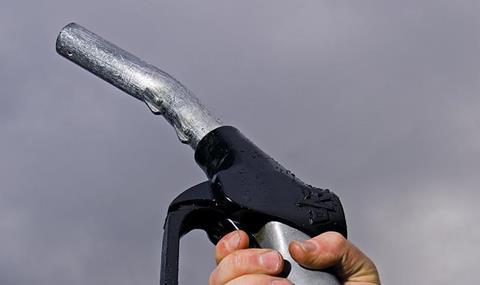
The government has called on the freight industry to reduce its greenhouse gas emissions by 15% by 2025, while conceding that diesel can be a sensible choice for the sector while vehicle technology advances.
Both the FTA and the RHA voiced their support for the voluntary target, which is based on emissions figures from 2015.
In its report on reducing all UK vehicle emissions, ‘Road to zero’, the DfT outlined a range of ways in which it planned to help the industry hit the 15% target, including an investigation with Highways England into how road congestion can be tackled, and a closer look at the practical obstacles preventing hauliers adopting measures to reduce emissions.
The DfT also commits in the report to funding the Energy Saving Trust (EST) to develop a freight portal with advice for HGV operators, particularly small hauliers, on how to make their operations more energy efficient.
The department also admitted that diesel “can be a sensible current fuel choice” for HGVs, and said that technology needs to catch up to permit HGVs to reach zero emissions.
‘Road to zero’ follows on from the UK ‘Plan for tackling roadside nitrogen dioxide concentrations’ and the ‘Clean growth strategy’, both part of the wider industrial strategy.
Read more:
- HGVs will need to meet Euro-6 emissions standard to operate across London from 2020
- Two-thirds of HGVs sold from next year will have a fuel consumption and emissions score
- Euro-6 will be required for entry into Greater London from October 2020
The FTA announced it will relaunch its ‘Logistics emissions reduction scheme’ as an extra measure to help hauliers reduce their greenhouse gases.
FTA environment policy manager Rebecca Kite said: “We’re pleased to be able to align with the government’s ambition to reduce carbon emissions derived from HGVs. While it is a challenging target, our members are dedicated to protecting the environment and will continue to lead the way in emission reduction.”
While the RHA also welcomed the government’s proposals, it criticised the time frame proposed and the government’s wider clean air policies, including devolving power to local authorities.
RHA chief executive Richard Burnett said: “Of course we want clean air and we welcome this boost to encourage greener motoring. But for the operators of the UK’s 493,600 HGVs, the idea of switching to electric vehicles remains a long way off.
“The government needs to wake up and understand that lorries have an average working life of 12 years and that handing responsibility over to local authorities, each with their own charging agendas, undermines the ability of the sector to invest.”














